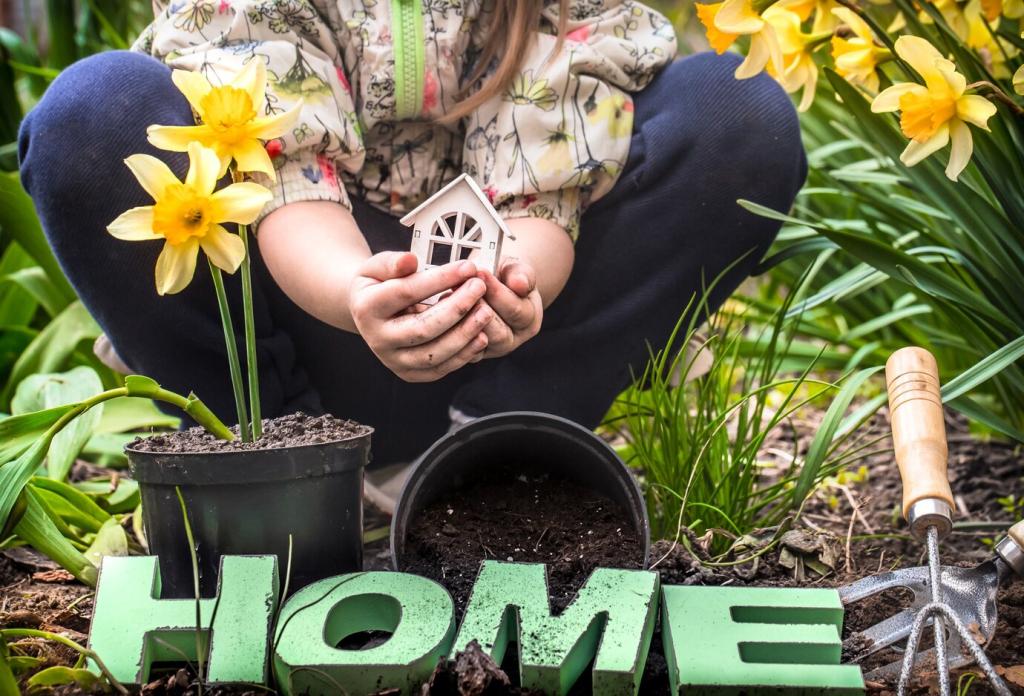
Minimalist Hardscaping Techniques: Calm, Clean, Enduring Outdoor Design
Chosen theme: Minimalist Hardscaping Techniques. Discover how disciplined materials, precise geometry, and purposeful voids transform outdoor spaces into resilient, low-maintenance sanctuaries. Read on, ask questions, and subscribe for more field-tested insights.

Edit to the Essence
Start by removing what distracts from structure and use. Fewer materials, fewer shapes, and fewer transitions create more calm. Share one element you’d remove first, and tell us why in the comments.
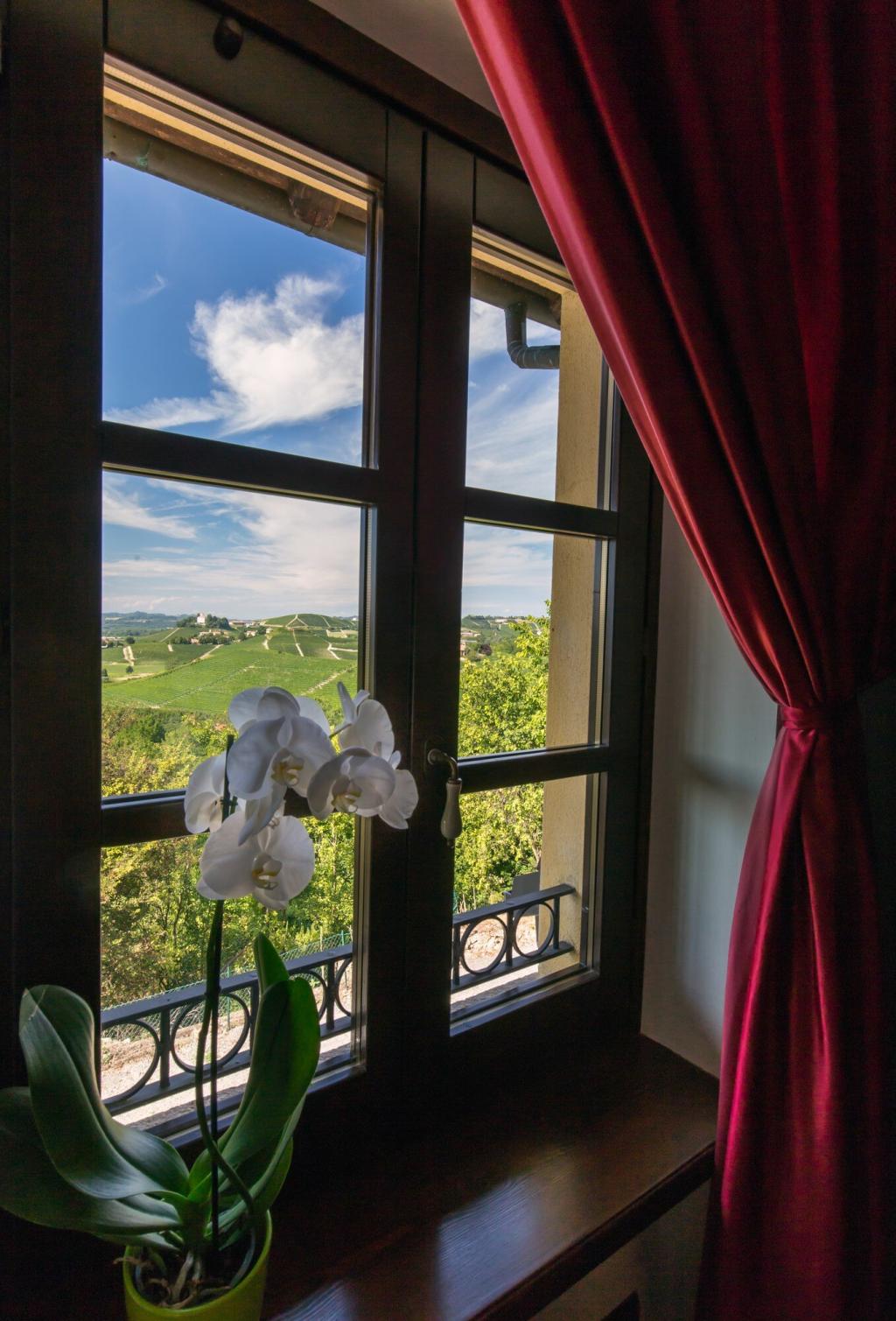
Purpose-Driven Simplicity
Every surface should earn its place. If a path does not improve circulation or a patio does not invite pause, reconsider it. Subscribe to follow our step-by-step decision matrices.
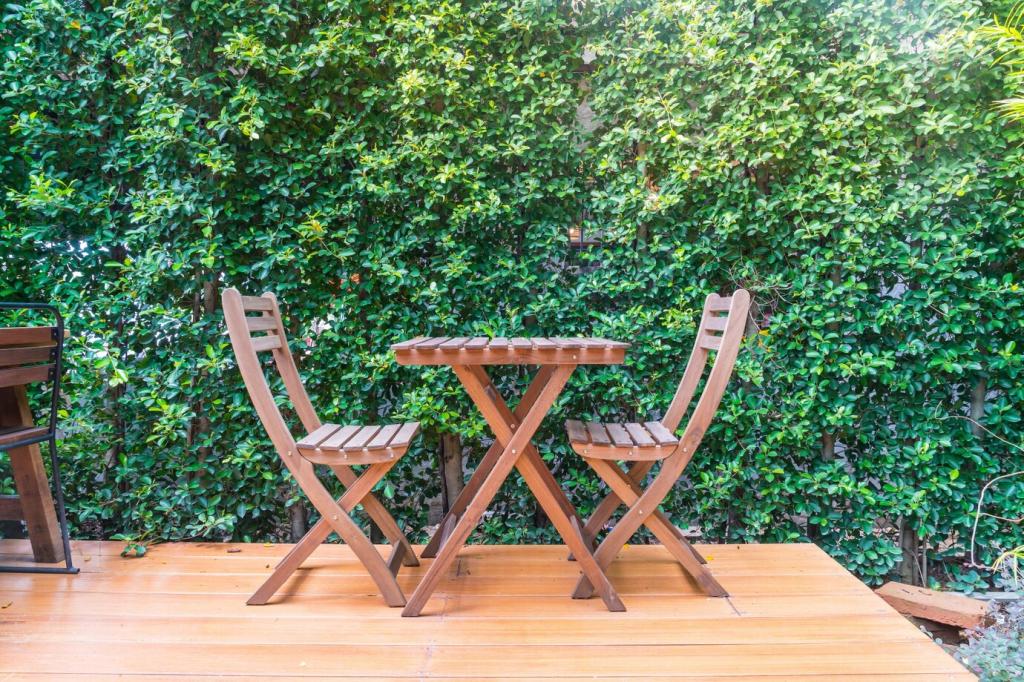
Clarity Through Repetition
Repeat a limited set of modules to establish order. Uniform joints, consistent edges, and matched finishes reduce visual noise. What module size feels right to you? Join the discussion below.
Material Discipline: Concrete, Stone, and Gravel
Cast-In-Place Concrete Pads
Large, evenly spaced pads with tight, consistent joints deliver crisp geometry and long wear. Use integral color for subtlety. Ask about our preferred mix ratios by leaving your climate zone in a comment.
Honed Stone with Honest Grain
Basalt, limestone, or granite with a honed or thermal finish offers tactile calm without glare. Keep formats consistent. Share photos of your local stone sources to crowd-build a regional material guide.
Gravel That Anchors Silence
Angular gravel compacts better, resists migration, and absorbs sound. Install with a solid base and steel edging. Want a specification checklist? Subscribe and we’ll send a printable field guide.
Geometry and Flow: Lines, Grids, and Voids
Align pads to architectural axes or key views. Keep modules proportional to human stride for intuitive pacing. What grid size matches your site? Comment with dimensions and constraints.
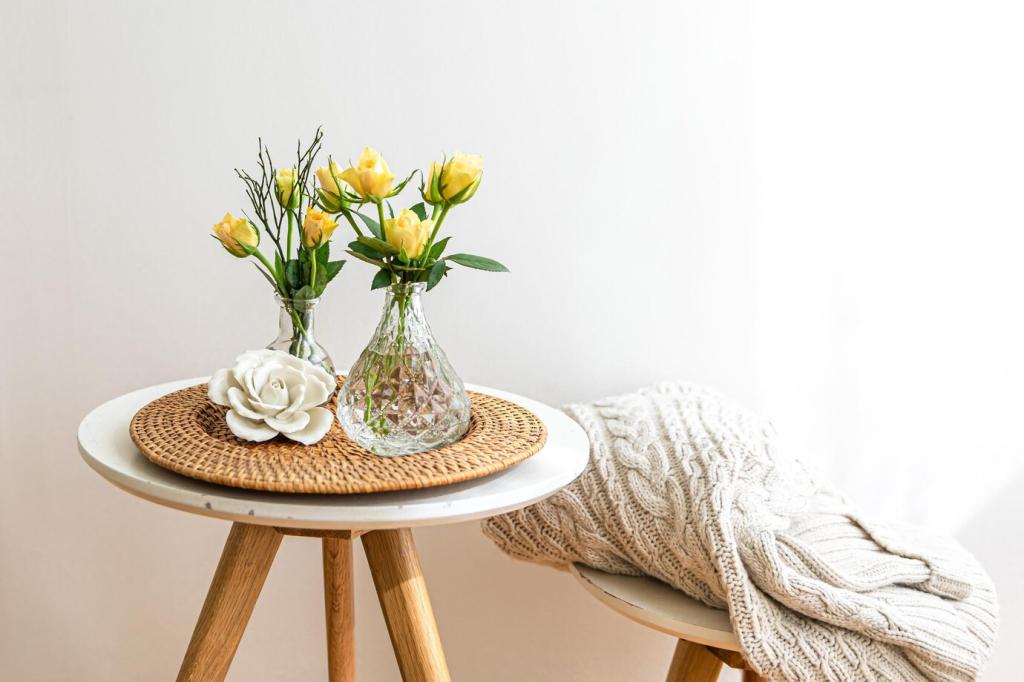

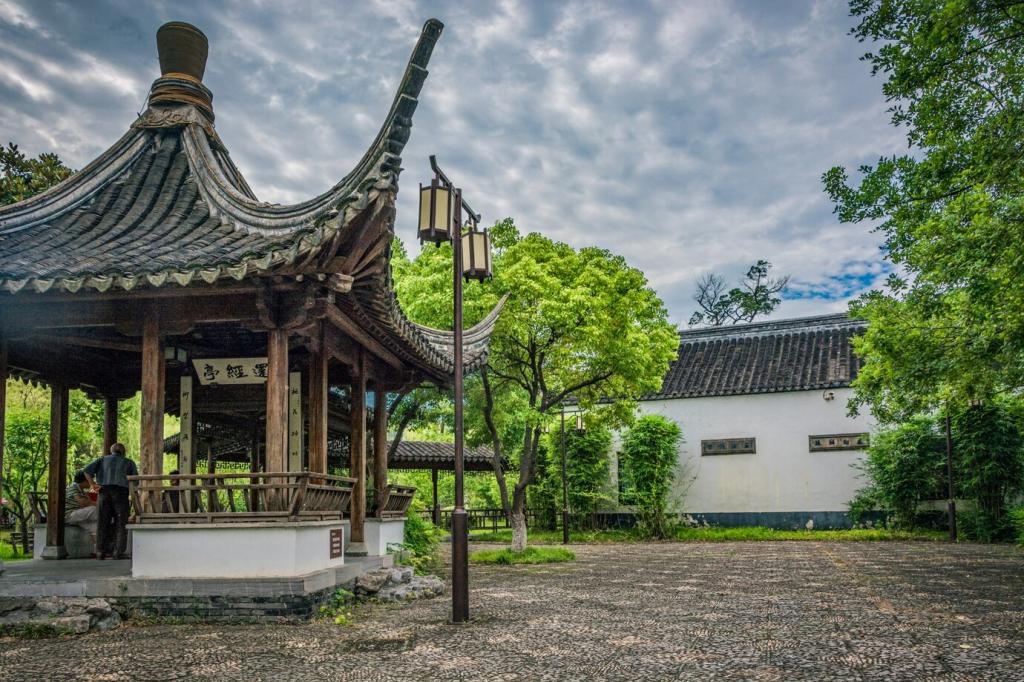

Sustainability, Drainage, and Longevity
Permeable Layers That Work
Use compacted base, open-graded subbase, and permeable joints to reduce runoff. Add discreet drains only where necessary. Comment with soil type, and we’ll suggest a section build-up.
Planting That Supports Restraint
Simple, repeated masses of native grasses or groundcovers emphasize structure while improving habitat. Fewer species, stronger effect. Share your zone and we’ll recommend three resilient companions.
Maintenance as a Design Principle
Design for sweeping, not scrubbing. Specify stain-resistant finishes and accessible joints. Subscribe for our seasonal maintenance checklist that keeps minimalist surfaces impeccable with minimal effort.

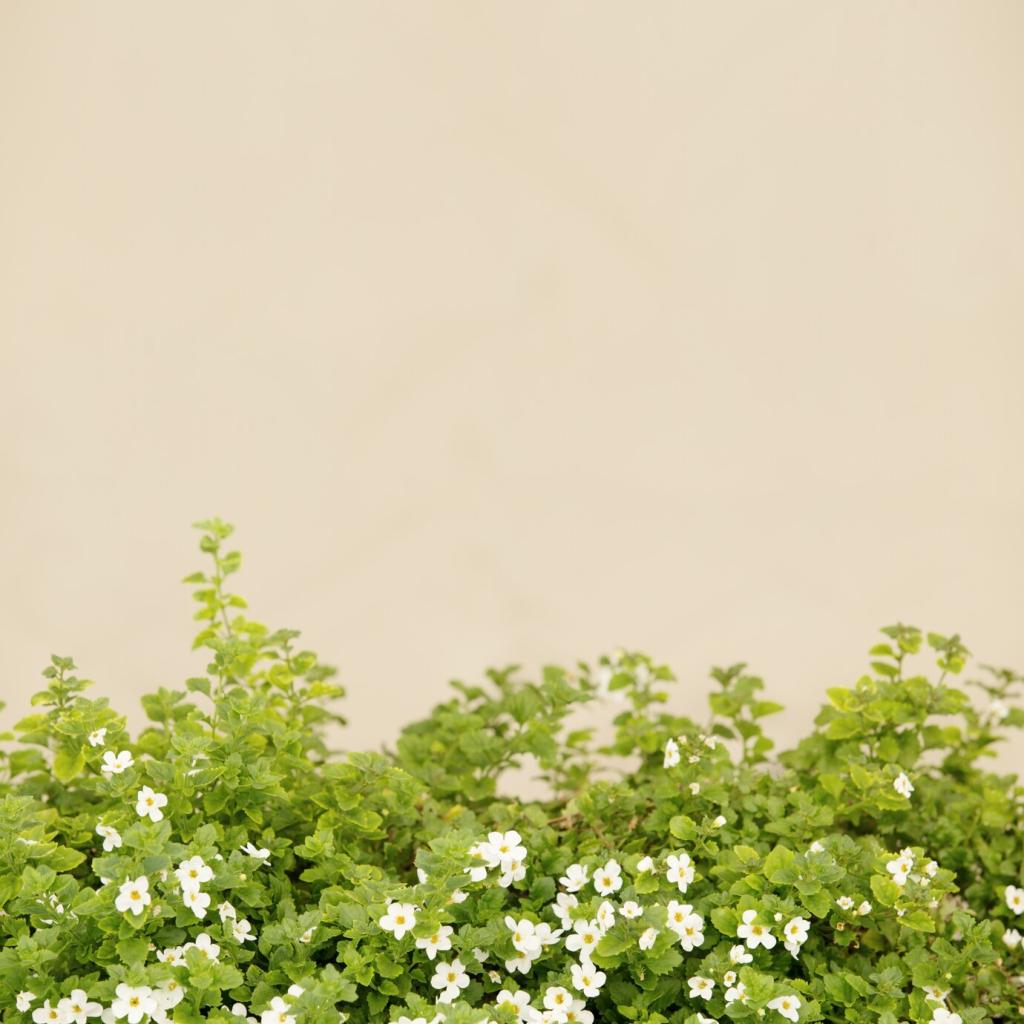

A Quiet Backyard Makeover: A Short Story
Before: Noise Without Structure
Patchy turf, curved pavers, and five clashing stones competed for attention. Standing there felt like listening to three playlists at once. Describe a similar pain point you’ve faced.
During: Three Clean Moves
We removed ornamental clutter, poured three concrete pads in a measured grid, and framed a single olive tree. Suddenly, pathways made sense. Want the layout sketch? Subscribe for the plan download.
After: Calm With Character
Evening light grazes the concrete, gravel hushes footsteps, and the olive anchors the view. Fewer parts, more presence. Share your own transformation story to help others take the first step.

